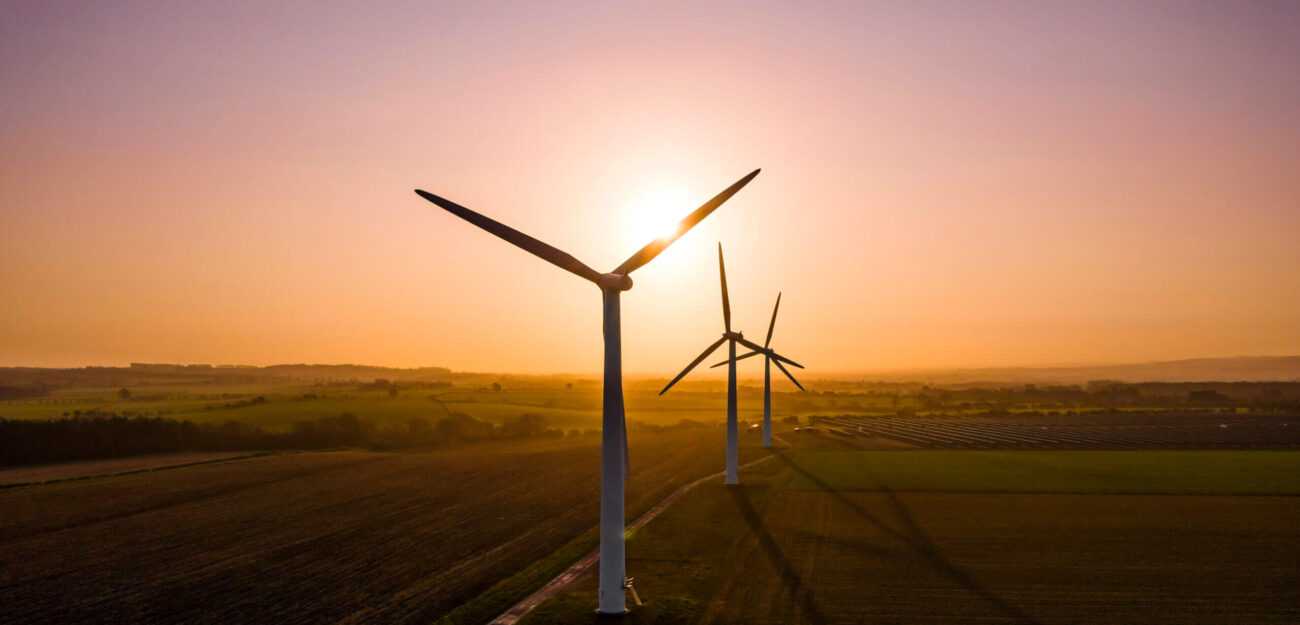
Context
Greenhouse gas accounting refers to processes used to measure how much carbon dioxide equivalents an organisation emits. It is used by states, corporations, and individuals. The most relevant guidance for accounting GHG emissions is provided by the World Resources Institute (WRI) and World Business Council for Sustainable Development (WBCSD) GHG Protocol. Many companies have adopted the standards in the GHG Protocol, which provides accounting and reporting standards, sector guidance, calculation tools, and training for businesses and government. It divides emissions into 3 Scopes to avoid double counting and ensure completeness of reporting.
What are the 3 different scopes of emissions?
In a nutshell, scope 1 and 2 are those emissions that are owned or controlled by a company, whereas scope 3 emissions are a consequence of the activities of the company but occur from sources not owned or controlled by it.
Scope 1: Direct GHG emissions
Scope 1 covers emissions from sources that an organisation owns or controls directly – for example from burning fuel in our fleet of vehicles (if they’re not electrically-powered). Scope 1 covers all direct GHG emissions by a company. It includes fuel combustion, company vehicles and fugitive emissions.These emissions are direct GHG emissions that happen from sources owned or controlled by an organisation including fuel combustion in boilers, furnaces, vehicles.
Scope 2: Indirect GHG emissions
Scope 2 covers indirect GHG emissions from the consumption of purchased electricity, heat, cooling or steam.These emissions are a result of a company’s activities but often occur outside a company’s physical facility (e.g. at an electricity utility plant), hence scope 2 emissions are considered an indirect emission source. Scope 2 emissions amount to at least one-third of global GHG emissions due to the high demand for and consumption of electricity.
The GHG Protocol has issued standardised guidelines on how an organisation can calculate its Scope 2 emissions to ensure transparency and consistency between organisations. The Corporate Standard “recommends multiplying activity data (MWhs of electricity consumption) by source and supplier-specific emission factors to arrive at the total GHG emissions impact of electricity use.”
Scope 3: Other indirect GHG emissions
Scope 3 covers other indirect emissions, such as the extraction and production of purchased materials and fuels, transport-related activities in vehicles not owned or controlled by the reporting entity, electricity-related activities (e.g. transmission and distribution (T&D) losses) not covered in Scope 2, outsourced activities, waste disposal, etc.[44] Scope 3 emissions (also known as value chain emissions) often represent the largest source of greenhouse gas emissions and in some cases can account for up to 90% of the total carbon impact.[48][49] Scope 3 emission sources include emissions both upstream and downstream of the organisation’s activities (e.g. suppliers, product use, and transportation of goods). The largest part of a typical corporate GHG footprint is in the company’s value chain.
Based on the GHG Protocol, Scope 3 includes all emissions not covered by scope 1 and scope 2. There are 15 scope 3 subcategories, though not every category will be relevant to all reporting entities:
- Purchased Goods and Services
- Capital Goods
- Fuel- and Energy-Related Activities Not Included in Scope 1 or 2
- Upstream Transportation and Distribution
- Waste Generated in Operations
- Business Travel
- Employee Commuting
- Upstream Leased Assets
- Downstream Transportation and Distribution
- Processing of Sold Products
- Use of Sold Products
- End-of-Life Treatment of Sold Products
- Downstream Leased Assets
- Franchises
- Investments
What are “upstream” and “downstream” activities and emissions ?
Upstream activities are cradle-to-gate (sometimes referred to as “upstream”) emissions, which include all emissions that occur in the life cycle of a material/product up to the point of sale by the producer.
Downstream activities are emissions that occur in the life cycle of a material/product after the sale by the producer. This includes distribution and storage, use of the product and end-of-life.
Do you want to learn more about how you can reduce your carbon footprint?